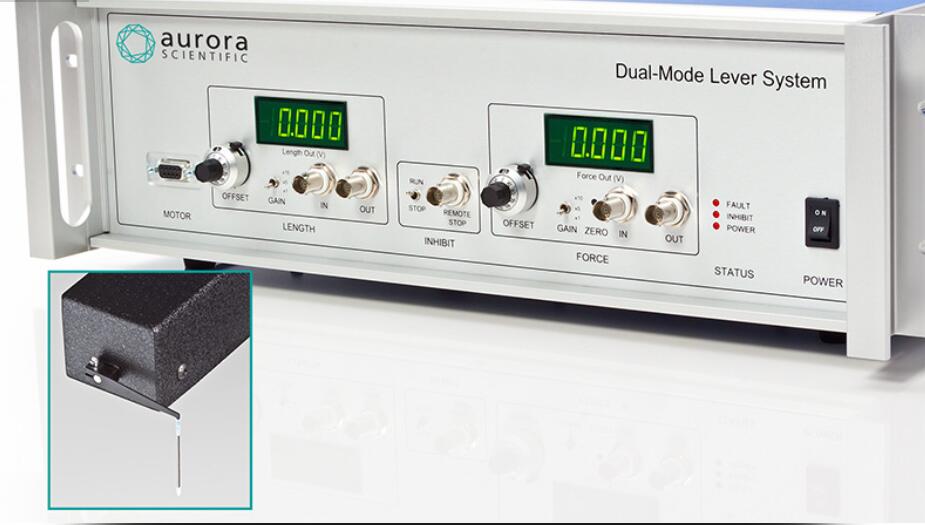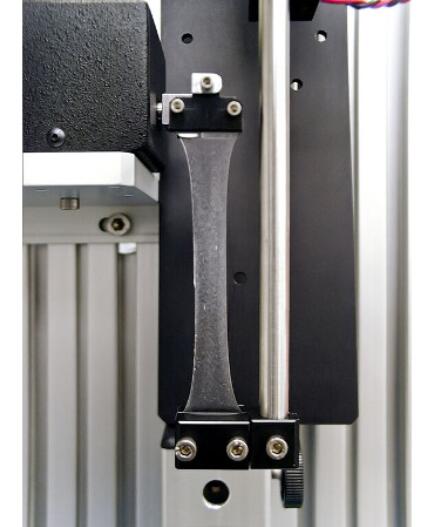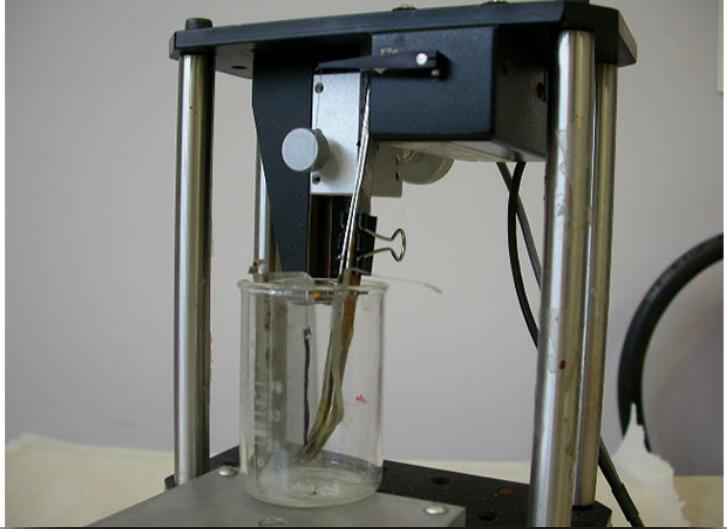300C: Artificial Muscle & Physiological Tissue
型号:300C
价格:请致电:010-67529703
品牌:aurorascientific

Overview
The 300C lineup of levers are designed for a variety of test preparations including MEMS, hydrogels, artificial muscle and many biomaterials. Our levers provide the flexibility, accuracy and performance required by materials science and engineering researchers.
Tensile strength of artificial or natural muscle and fibers can be easily measured by uniquely controlling length and force output. In addition, measurements can also be taken of the elasticity or rigidity of various polymers, fibers and rods including hydrogels, nanowires and carbon fibers.
The wide range of force output, from as low as 0.5N up to 100N, enables researchers to accurately define surface adhesion by measuring detaching forces of a number of materials. Our system provides straightforward comparison of material morphology with mechanical properties such as adhesion, shear fracture and deformation.
The 300C series of levers are engineered with fast response and high resolution of both force (0.3mN) and length (1 ?m). The system can switch between length and force control with no transients.

Features
- evaluate simple to complex mechanical properties of letal, cardiac and smooth muscle and connective tissue
- accurate, reproducible output
- dual-mode operation; control and measure both force and length
- lacks transient errors when switching between force and length
- levers for wide range of muscle force production (0.5N to 100N)
- fast transient response
- high resolution force and length
- robust transducer with overload protection

Citations
Zheng, Wen, et al. “Artificial muscles based on polypyrrole/carbon nanotube laminates.” Advanced Materials 23.26 (2011): 2966-2970.
Ismail, Yahya A. et al. “Electrochemical actuation in chitosan/polyaniline microfibers for artificial muscles fabricated using an in situ polymerization.” Sensors and Actuators B: Chemical 129.2 (2008): 834-840.
Spinks, Geoffrey M. et al. “Carbon-Nanotube-Reinforced Polyaniline Fibers for High-Strength Artificial Muscles.” Advanced Materials 18.5 (2006): 637-640.
Mottaghitalab, Vahid et al. “Polyaniline fibres containing single walled carbon nanotubes: enhanced performance artificial muscles.” Synthetic Metals 156.11 (2006): 796-803.
Meijer, Kenneth, Marc S. Rosenthal, and Robert J. Full. “Muscle-like actuators? A comparison between three electroactive polymers.” Muscle-like actuators? A comparison between three electroactive polymers4329 (2001): 7-15.
Full, Robert J., and Kenneth Meijer. “Artificial muscles versus natural actuators from frogs to flies.” Proceedings, SPIE's 7th Annual International Symposium on Smart Structures and Materials. International Society for Optics and Photonics 3987 (2000): 2-9.


